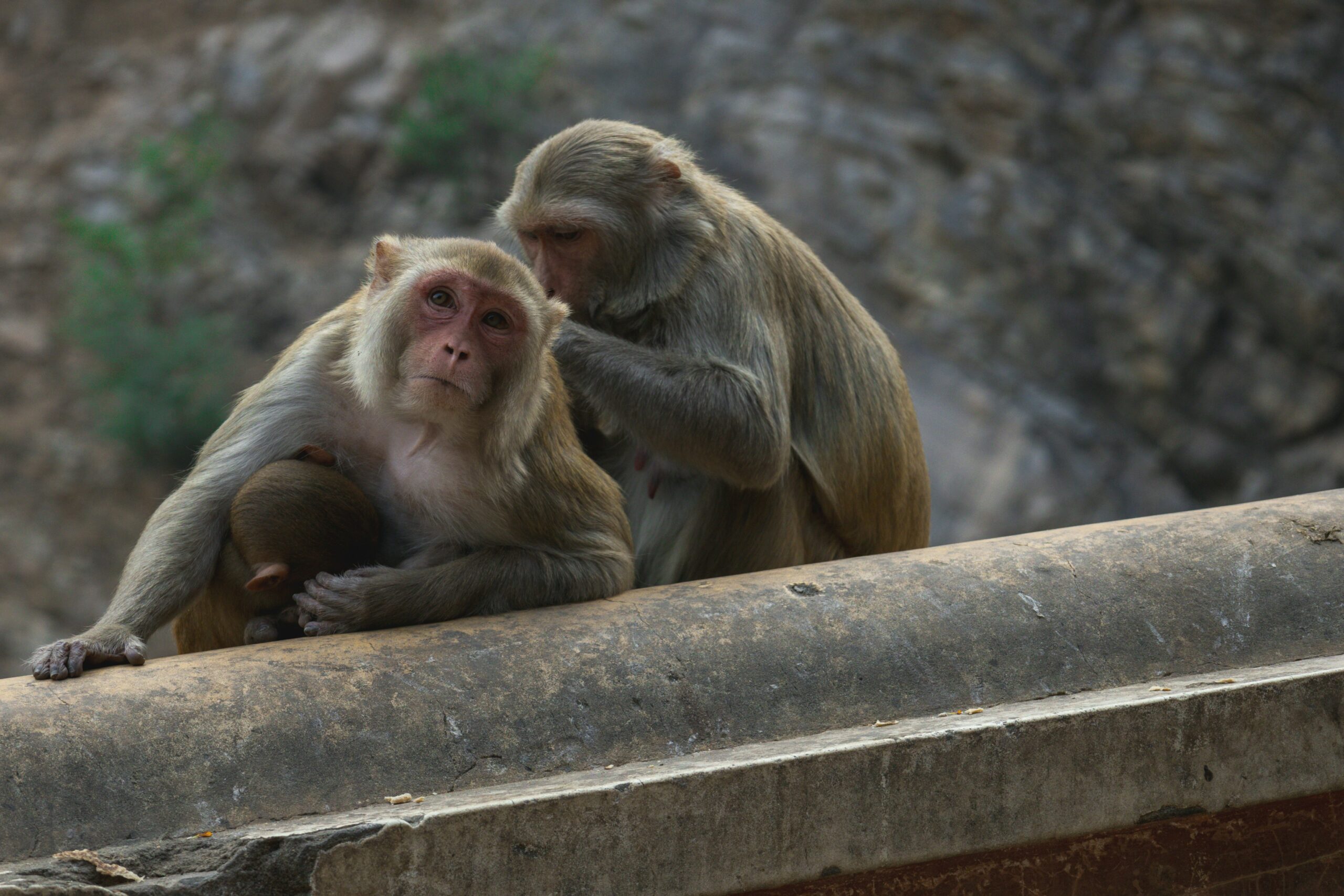
Sajjangarh Wildlife Sanctuary: A Hidden Gem in Rajasthan
Located in the picturesque Aravalli hills near Udaipur, Sajjangarh Wildlife Sanctuary is a serene and captivating destination for wildlife enthusiasts and nature lovers. Spanning approximately 5.19 square kilometers, this sanctuary offers a tranquil retreat into nature, blending lush landscapes with rich biodiversity.
A Scenic Landscape
Sajjangarh Wildlife Sanctuary is characterized by its diverse and scenic environment:
- Hilly Terrain: The sanctuary’s terrain is predominantly hilly, with the Aravalli range providing a stunning backdrop. The rolling hills and valleys create a varied landscape that is both beautiful and ecologically significant.
- Forested Areas: The sanctuary is covered in dense forests, featuring a mix of tropical and subtropical trees. These forests provide essential habitat for the wildlife and contribute to the sanctuary’s lush appearance.
- Water Bodies: Sajjangarh is home to several water bodies, including the picturesque Sajjangarh Palace Lake (also known as the Monsoon Palace Lake). These water sources are vital for sustaining the local wildlife, especially during the dry season.
Wildlife: A Rich Diversity
Sajjangarh Wildlife Sanctuary is home to a variety of wildlife, making it an intriguing destination for nature enthusiasts:
Mammals:
- Leopards: One of the sanctuary’s key attractions, Leopards are elusive but inhabit the forested areas of Sajjangarh. Sightings can be rare but exciting.
- Chital (Spotted Deer): These graceful deer are commonly seen grazing in the open areas and forest glades.
- Wild Boars: Adaptable and common in the sanctuary, Wild Boars can often be spotted rooting around in the underbrush.
- Indian Foxes: These small carnivores add to the diversity of the sanctuary’s wildlife.
Birds:
- Avian Diversity: Sajjangarh is an excellent location for birdwatching, with a variety of bird species inhabiting its forests and water bodies. Notable birds include the Indian Peafowl, various raptors, and waterfowl.
Reptiles:
- Snakes and Lizards: The sanctuary is home to various reptile species, including snakes and lizards that are an integral part of the ecosystem.
Flora:
- Vegetation: The flora of Sajjangarh includes a mix of tropical and subtropical trees, shrubs, and grasses. Species such as Teak, Sal, and various types of bamboo are prevalent in the sanctuary.
Activities and Attractions
Wildlife Viewing: The main attraction of Sajjangarh Wildlife Sanctuary is wildlife viewing. Guided tours offer opportunities to explore the sanctuary’s diverse landscapes and observe the local fauna. Early mornings and late afternoons are the best times for wildlife sightings.
Bird Watching: With its rich avian population, Sajjangarh is ideal for birdwatching. Bring your binoculars and camera to spot various bird species and enjoy the sanctuary’s serene environment.
Photography: The sanctuary’s picturesque landscapes, lush forests, and diverse wildlife make it a great location for photography. Capture the beauty of the animals, the charm of the birds, and the tranquility of the water bodies.
Nature Walks: The sanctuary offers nature trails for those interested in exploring its flora and fauna on foot. These trails provide an opportunity to immerse yourself in the natural beauty of the area.
Sajjangarh Palace: Also known as the Monsoon Palace, this historical site offers panoramic views of the surrounding landscape and adds a cultural dimension to your visit. Though not part of the sanctuary itself, it is a notable attraction nearby.
Sajjangarh Wildlife Sanctuary offers a serene and enriching experience, with its lush landscapes, diverse wildlife, and peaceful environment. Whether you’re exploring the sanctuary’s flora and fauna, enjoying birdwatching, or capturing the scenic beauty through photography, Sajjangarh promises a memorable visit. Its tranquil setting and commitment to conservation make it a hidden gem in Rajasthan’s wildlife landscape.
